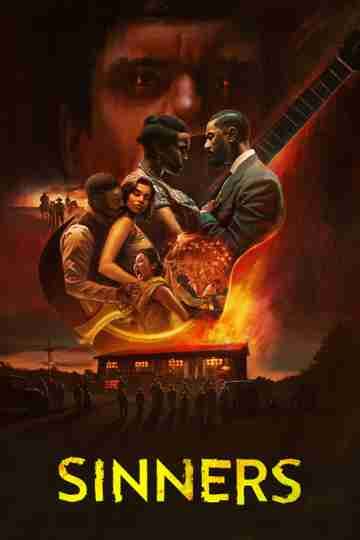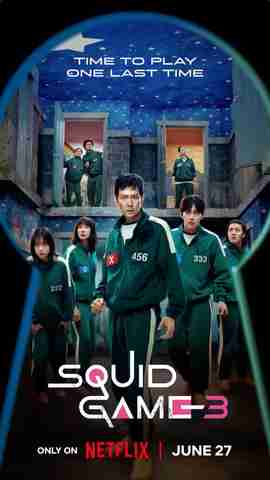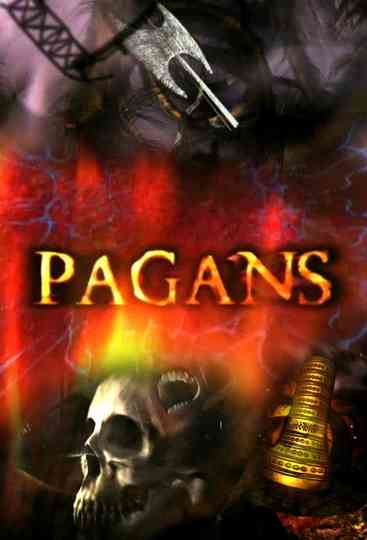Season 1 Episodes
1. Sexy Beasts
Paganism of all varieties has come into sharpest conflict with mainstream religions over its view of sex and sexuality. Some of this is propaganda, generated by early Christians as part of their attempt to oust the old religions. However, it also reflects the pagan view that human beings are equal to and interdependent with the world they inhabit and that sexuality is a powerful and natural element in people?s lives. Though historical accounts lead us to images of stone dildo-wielding women flashing their genitals at cattle, chieftains having sex with horses before slaughtering them and whipping sessions in mixed saunas, the underlying theme is of human similarity with animals and nature. Where modern religion aims to emphasise the difference between humans and the world around us, portraying sexuality as taboo, the ancient pagan perspective blurs these boundaries and explores all the elements of the world on equal terms.
2. Magic Moments
Today magic is used as a form of entertainment. It still thrills us to see an apparently impossible phenomenon happen before our eyes. Reaching back through to prehistoric times, the pagan magicians, who could conjure material from nothing or predict the future, would almost certainly have been held in the highest regard. They would not have been tricksters like the conjurers of today. In historic and prehistoric times, it would have taken great knowledge to understand the seasons, through their relationship to solstice. Predicting this yearly cycle would have been crucial to the agricultural societies of the time ? a science to those who understood, but magic to those who didn?t. The fine art of producing the first bronze artefacts would also have been greatly respected. The ability to produce a knife from an ore is still magical, even though we now understand the chemistry. As for drug-induced shamans talking to the spirits, they must have appeared exceptionally powerful.
3. Band Of Brothers
According to Roman records, the Iron Age Celtic peoples of Britain consisted of war-like tribes ? but this could well be propaganda of the age. In 43 AD, as now, invaders found ways of justifying their subjugation of the native people whose country they colonised and whose land they took. Whatever the reality, the image of rough, heavy-drinking hooligans and evil barbarians is what we have been left with. Pagan society in the Iron Age was certainly based on a strong system of tribal groups controlling different parts of the country, each with its own warrior class. However the accusations of barbarism could equally be a stereotyped reaction against these `uncivilised` cultures. The truth is that, though bands of fighting men may well have dominated much of society, the basis of a proto-democracy was also in action. Community leaders had to demonstrate that they were worthy of the role, and some needed to canvass support from surrounding groups to hold power.
4. Sacred Landscape
In 874 AD Viking leader Ingolfur Arnarson threw two lengths of timber into the sea and swore that he would settle where they came ashore. They landed at the site of present day Reykjavik in Iceland. At the time the island had virtually no links with any past society, but this last new pagan European society survived because its members lived with the natural world rather than fighting against the harsh terrain. By 940 Iceland witnessed the first parliament of leaders in a pagan general assembly at a time when the rest of Europe was gradually becoming Christian.



































